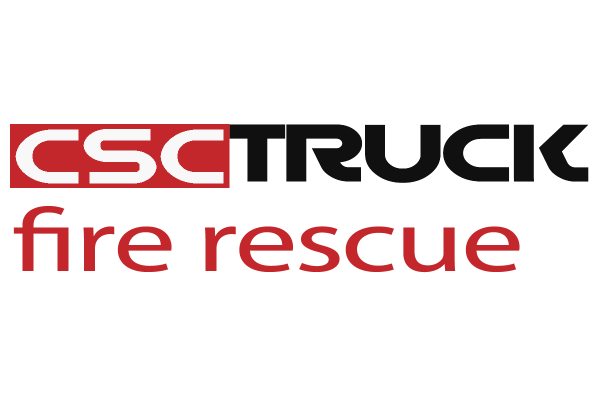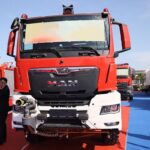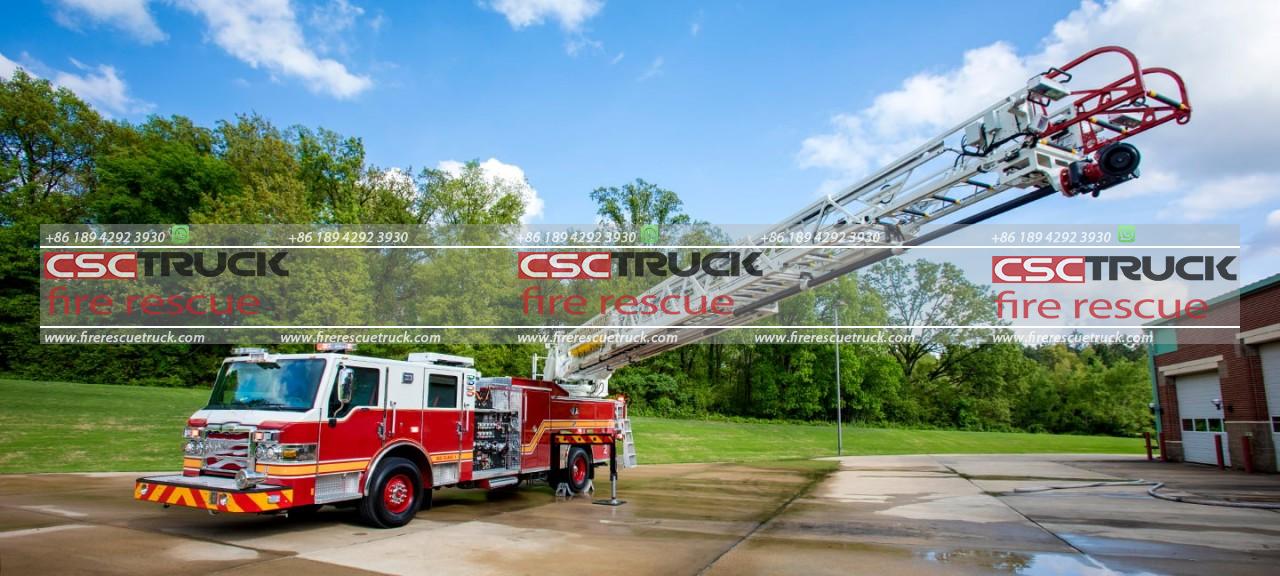Introduction
Airport Rescue Fire Fighting (ARFF) trucks play a crucial role in ensuring aviation safety. These specialized vehicles are designed to respond rapidly to emergencies, including aircraft fires, fuel spills, and medical incidents. Given the high stakes of aviation accidents, ARFF trucks are engineered with advanced fire suppression systems, high mobility, and specialized equipment to manage airport emergencies effectively. This article explores the significance of ARFF trucks, their technological advancements, operational capabilities, and their impact on aviation safety.
The Role of ARFF Trucks in Aviation Safety
ARFF trucks serve as the first line of defense against aviation-related fire emergencies. Their primary responsibilities include:
- Fire Suppression: Aircraft fires can be catastrophic, making it imperative to have powerful firefighting capabilities at airports. ARFF trucks are equipped with water cannons, foam systems, and dry chemical extinguishers to combat fires swiftly.
- Rescue Operations: In case of an aircraft crash or emergency landing, ARFF teams work to extract passengers and crew from the aircraft, often using hydraulic rescue tools.
- Medical Assistance: Many ARFF personnel are trained in emergency medical services (EMS) and provide immediate care to injured passengers before they are transported to hospitals.
- Hazardous Material Control: Airports handle various hazardous substances, including aviation fuel and cargo materials. ARFF trucks are equipped to manage hazardous material (HAZMAT) spills effectively.
- Emergency Preparedness: Regular drills and coordination with airport authorities ensure that ARFF teams are ready to respond swiftly and efficiently to any emergency.
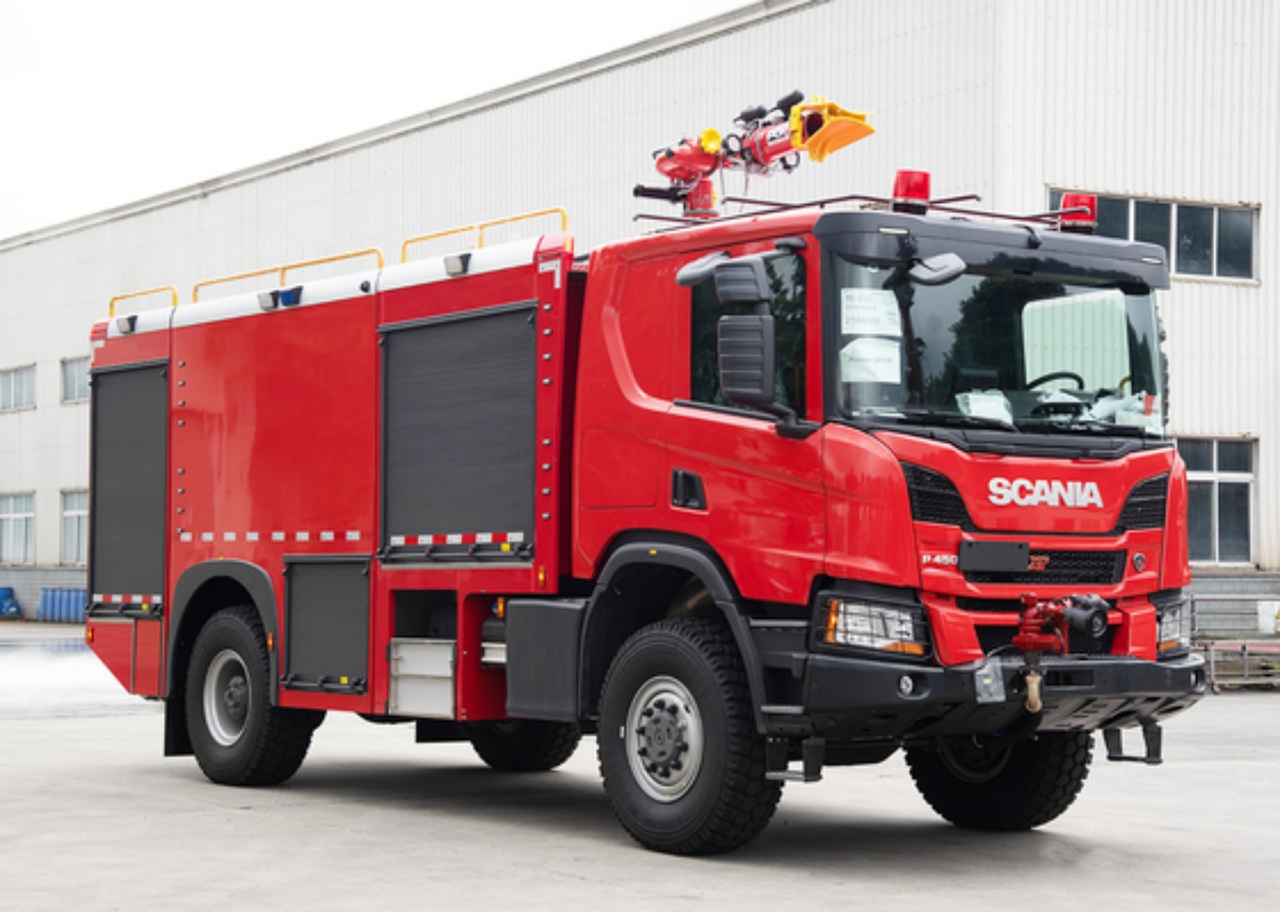
Design and Features of ARFF Trucks
1. Rapid Response Capabilities
One of the most critical aspects of ARFF trucks is their ability to reach an emergency site within minutes. According to the International Civil Aviation Organization (ICAO) and the Federal Aviation Administration (FAA), ARFF vehicles must reach any point on the airfield within 3 minutes of an alarm. This rapid response time is achieved through:
- High-powered engines that provide speeds up to 70 mph (113 km/h).
- All-wheel-drive (AWD) systems for maneuverability on uneven or rough terrain.
- Advanced suspension systems for stability and speed.
2. Advanced Fire Suppression Systems
ARFF trucks are equipped with multiple fire suppression agents to handle different types of fires:
- Water and Foam Systems: Most ARFF trucks carry large water tanks (up to 4,500 gallons) and foam concentrates (up to 600 gallons). A foam-water mixture is crucial for extinguishing fuel-based fires quickly.
- Dry Chemical Agents: These are used for combating fires involving flammable metals and electrical components.
- Halon and Clean Agents: Used in confined spaces to suppress fires without damaging electronic equipment.
- High-Pressure Roof and Bumper Turrets: These nozzles can discharge water, foam, or dry chemical agents at high speeds, allowing firefighters to combat fires from a safe distance.
3. Specialized Equipment for Rescue Operations
In addition to fire suppression, ARFF trucks are equipped with various tools for rescue and recovery, including:
- Hydraulic Cutters and Spreaders: Used to free trapped passengers and crew from wreckage.
- Thermal Imaging Cameras: Help locate individuals in smoke-filled or dark environments.
- Self-Contained Breathing Apparatus (SCBA): Ensures firefighters can operate in hazardous conditions.
- Ladders and Platforms: Facilitate access to aircraft exits at various heights.
4. Communication and Coordination Systems
ARFF trucks are integrated with airport emergency response systems to ensure effective coordination during emergencies. Key communication features include:
- Two-Way Radios: Allow direct communication with control towers and emergency teams.
- GPS and Navigation Systems: Help ARFF teams reach the emergency site quickly and efficiently.
- Infrared and Night Vision Cameras: Enhance visibility during low-light operations.
ARFF Truck Standards and Regulations
The design and operation of ARFF trucks are governed by international aviation safety organizations such as ICAO and FAA. Key regulatory requirements include:
- Response Time Standards: ARFF vehicles must reach an accident site within 3 minutes.
- Minimum Equipment Requirements: Trucks must carry specific firefighting agents, rescue tools, and medical supplies.
- Crew Training and Certification: ARFF personnel must undergo rigorous training in fire suppression, rescue operations, and medical response.
- Regular Maintenance and Inspections: ARFF trucks undergo frequent checks to ensure operational readiness.
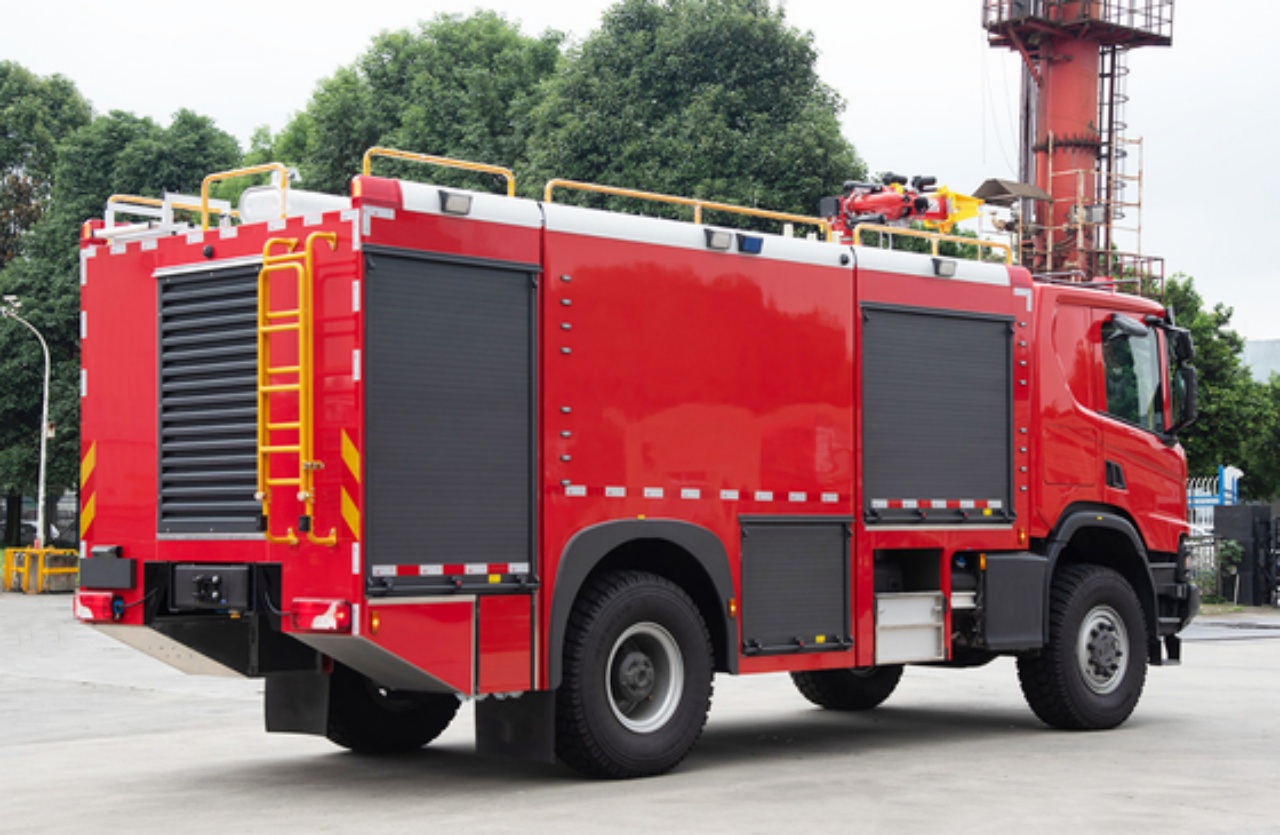
Technological Advancements in ARFF Trucks
1. Automated Firefighting Systems
Modern ARFF trucks are equipped with computer-controlled fire suppression systems that optimize water and foam usage, improving efficiency and reducing waste.
2. Electric and Hybrid ARFF Trucks
With the aviation industry moving towards sustainability, manufacturers are developing electric and hybrid ARFF trucks to reduce carbon emissions while maintaining high performance.
3. Augmented Reality (AR) and Artificial Intelligence (AI) in Training
Advanced AR and AI-based simulation training programs help firefighters improve their response tactics without real-life risks.
4. Drone Integration for Fire Assessment
Drones equipped with thermal imaging and high-resolution cameras assist ARFF teams in assessing fire and rescue situations before deploying resources.
Case Studies: ARFF Trucks in Action
1. Air France Flight 358 (2005, Toronto Pearson International Airport)
After the Airbus A340 overran the runway and caught fire, ARFF trucks responded within 52 seconds. Their rapid response and effective fire suppression prevented fatalities.
2. Emirates Flight 521 (2016, Dubai International Airport)
ARFF teams swiftly extinguished the fire and evacuated passengers, preventing a major catastrophe.
3. Asiana Airlines Flight 214 (2013, San Francisco International Airport)
ARFF personnel played a key role in evacuating passengers and containing the fire, highlighting the importance of well-trained crews and advanced equipment.
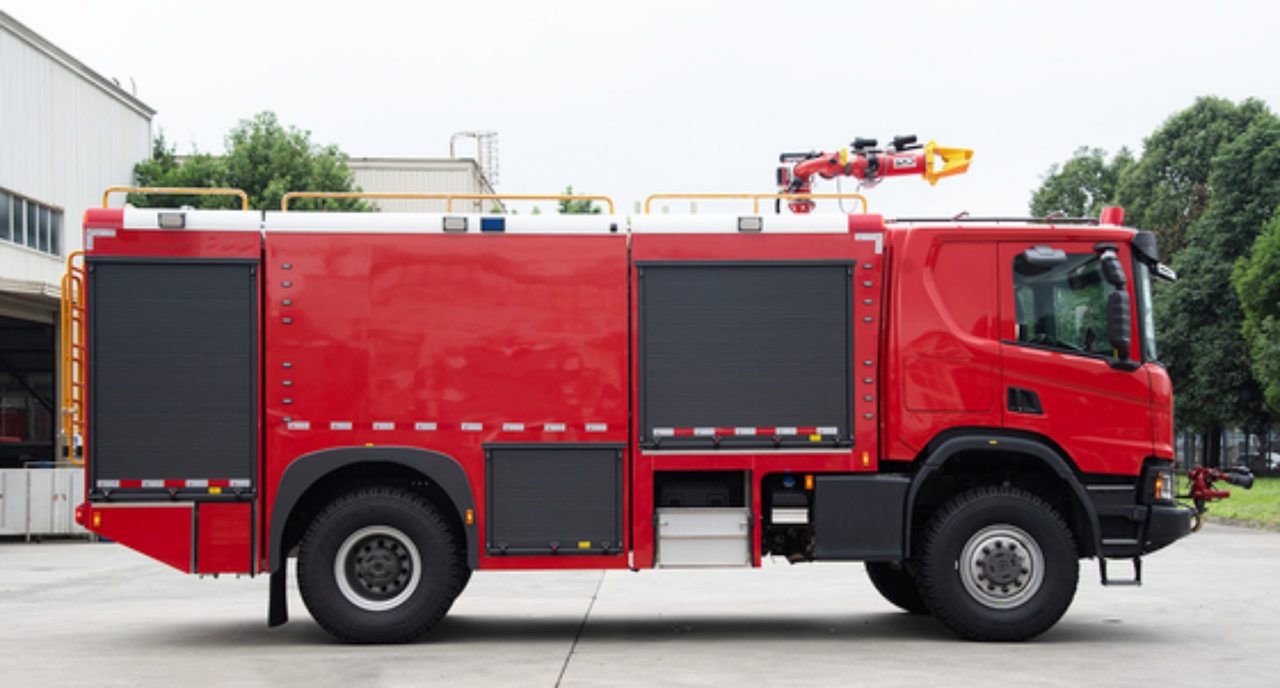
Conclusion
Airport Rescue Fire Fighting (ARFF) trucks are essential for maintaining aviation safety. Their rapid response capabilities, advanced fire suppression systems, and specialized rescue equipment enable them to handle emergencies effectively. Continuous technological advancements in ARFF trucks, such as automation, hybrid engines, and drone integration, further enhance their efficiency. With strict regulatory compliance and ongoing training, ARFF teams remain a vital component of airport safety, ensuring that passengers and crew are protected in emergencies. Investing in cutting-edge ARFF technology and training will continue to play a crucial role in safeguarding lives and minimizing damage in aviation-related incidents.
